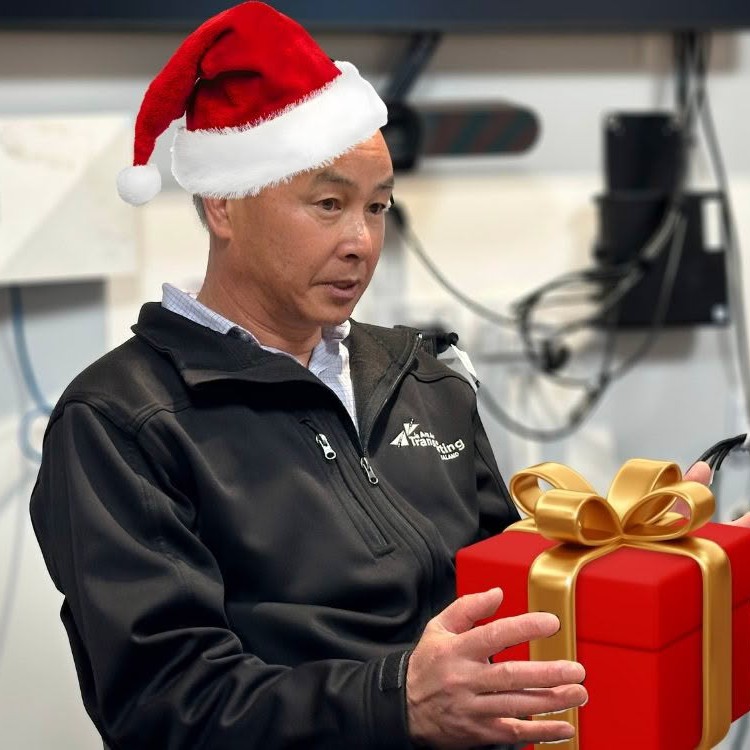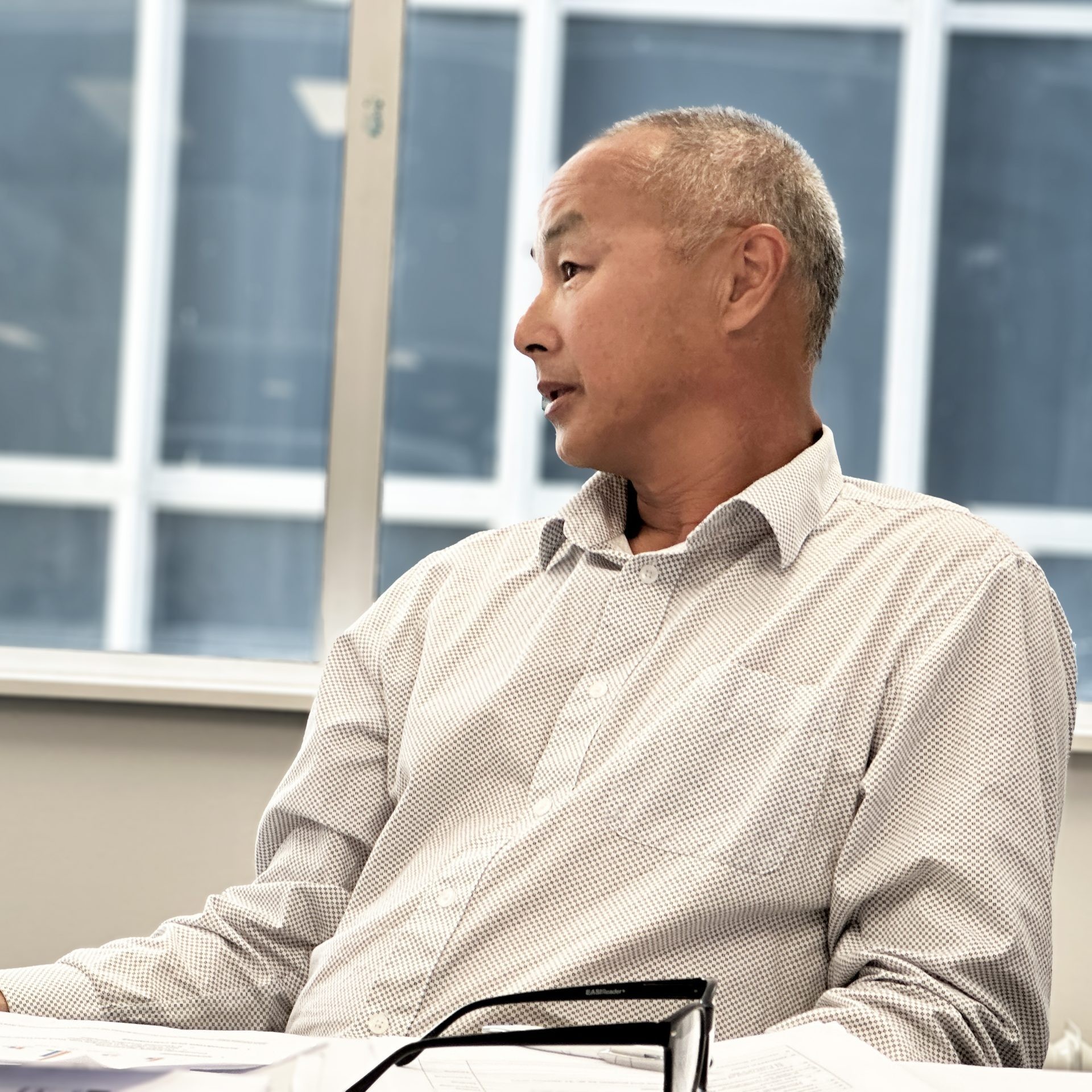

A couple of weeks have passed since I returned from a hockey tournament in California that my daughter was playing in. We were based in the northwest for the competition and then the southeast for doing the touristy things which meant our time was spent across the greater Los Angeles area, population 18 million.
While I didn’t spend time explicitly on freight and transport, over near two weeks I drove several hundred miles and it’s hard not to make some anecdotal personal observations about their traffic, their fleet, and transport more generally.
The typical freight truck is an 18-wheeler semi (6×4 tractor and 2 axle semi). My reflection was their fleet hasn’t changed much over the last near 50 years and we’re lucky here that our fleet is much more innovative and fit-for-purpose. That means it’s likely we are much more productive in how we move freight for our customers, and because we travel fewer kilometres to move the same amount of freight, we reduce risk exposure and impacts on climate.
If changing the light fleet is an important strategy to managing the impact on climate, then someone forgot to tell the US. The normal family car was a large SUV and I mean large. The starting weight for a 2023 Chevrolet Silverado 1500 can start at 4,400 pounds (2,000kg) whereas the starting weight for a 2023 Chevrolet Silverado 3500 can start at 6,947 pounds (3,150kg).
Bearing in mind vehicle occupancy rates appeared relatively low, and that was demonstrated by freeway transit lanes being seldom used or often abused, the energy intensity relationships associated with moving people and freight respectively looked poor. In our Road and rail report we demonstrated that a truck here might burn six times the fuel a car does; however, the truck moves 180 times more in payload weight than the car. Given the size of US SUVs, it’s a much worse case over there!
The freeway network is extensive; however, bearing in mind the population, the roads were frequently clogged up and the peaks were much more spread out than here. That said, when they were unclogged, then travelling on six-lane highways for a considerable distance makes travel pretty cruisy.
A number of years ago I attended a transport conference and drove the couple of hundred miles from Pittsburgh to Penn State. That was before smart phones and my wife navigated off hard copy maps. We didn’t get lost and we’re still married so it can’t have been too bad, but nowadays I struggle to understand how people managed before Google maps, particularly when moving around the busy city environs.
RTOR or right turn on red at signalised intersections applies throughout California. It’s a system that has been around for a long time in the US. I have no idea about the magnitude of the benefits but traffic moving more efficiently reduces fuel burn and our impacts on climate. We have multiple government departments and agencies figuring out climate policy, so this week I inquired about whether rather than just focusing on slowing or stopping traffic with speed tables the equivalent, that is, Left Turn on Red, is being considered here.
As much as the trip was absolutely awesome, and the playing team, all under 19, were a great bunch of young individuals who gave me great confidence in our future generation, it was good to get back home.
Unlike what some politicians might think, I think we do well, we haven’t stopped punching above our weight, and as well as a more innovative and productive transport fleet than one of the world super powers, there are some great examples where our industry sector continues to get after stuff in a well-thought out and targeted way. The recent launch of the Good Practice Guide: Safe operation and maintenance of sideloaders is an excellent demonstration of the industry taking the initiative to use its collective expertise and knowledge to create a solution that can be put into practice and improve safety. Its success in gaining WorkSafe endorsement strongly supports that.
The work being done in the livestock sector that is trialing an alternative means of managing the risk of fatigue is another great example. These are just two examples of great industry initiatives underway but there are plenty of others and it concerns me when I hear regulators saying they don’t know what good practice is.
One of the highlights of our annual conference, being held from June 28 to 29 at the Lower Hutt Event Centre, is we celebrate the success in transport. See here for details.
Dom Kalasih is interim chief executive of Ia Ara Aotearoa Transporting New Zealand.





